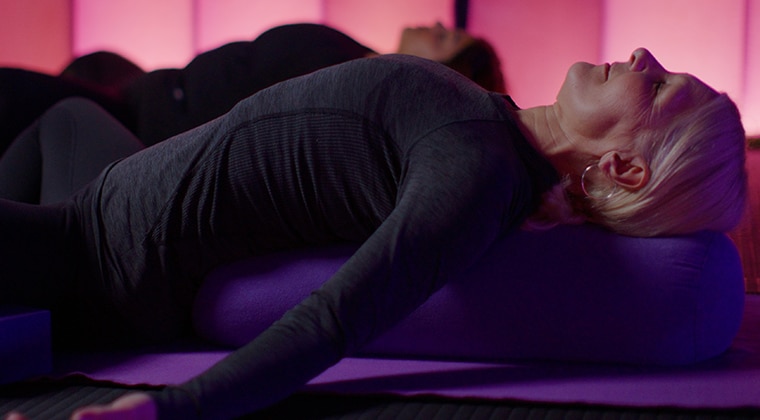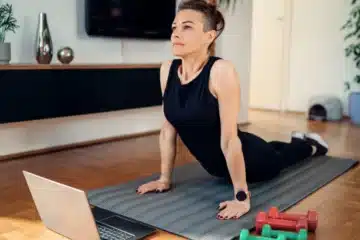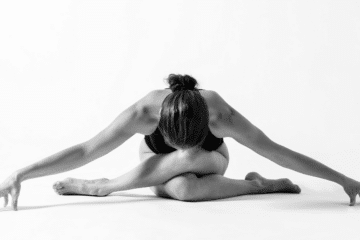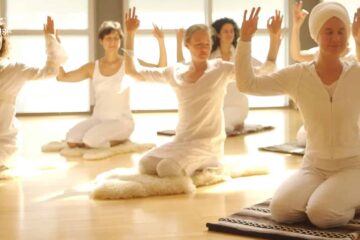In today’s fast-paced world, finding moments of peace and relaxation amidst the chaos can feel like a luxury. However, with the gentle guidance of relaxation yoga practices, cultivating a sense of calm and tranquility becomes not only achievable but essential for our overall well-being.
Let’s explore a variety of relaxation yoga practices that can help you unwind, release tension, and restore balance to both body and mind.
Yoga Nidra:
Yoga Nidra, also known as yogic sleep, is a deeply restorative practice that induces a state of profound relaxation and inner stillness. In a Yoga Nidra session, practitioners lie comfortably on their backs in Savasana (corpse pose) while a teacher guides them through a series of body scans, breath awareness, and guided visualizations.
The practice of Yoga Nidra helps release physical, mental, and emotional tension, allowing practitioners to experience a deep sense of relaxation and renewal.
Restorative Yoga:
Restorative yoga is a gentle and therapeutic practice that utilizes props such as bolsters, blankets, and blocks to support the body in passive, comfortable poses. The primary aim of restorative yoga is to promote deep relaxation and stress relief by allowing the body to rest deeply and completely.
Restorative yoga poses are typically held for an extended period, allowing practitioners to surrender into a state of relaxation and release tension from the muscles and connective tissues.
Gentle Hatha Yoga:
Hatha yoga, characterized by its slow, mindful movements and focus on breath awareness, offers a gentle yet effective approach to relaxation. A gentle Hatha yoga practice may include a combination of seated and standing poses, gentle stretches, and breathwork techniques such as alternate nostril breathing and extended exhalations. This mindful movement practice helps quiet the mind, reduce stress, and promote relaxation from within.
Yin Yoga:
Yin yoga is a slow-paced style of yoga that targets the connective tissues of the body, such as ligaments, tendons, and fascia, through passive stretching.
In a Yin yoga practice, poses are held for an extended period (typically 3-5 minutes or longer) to encourage deep release and relaxation.
The practice of Yin yoga promotes flexibility, joint mobility, and energetic balance while cultivating a sense of calm and introspection.
Breathwork and Meditation:
Breathwork and meditation are essential components of relaxation yoga practices, helping to calm the mind, soothe the nervous system, and deepen the relaxation response.
Simple breathwork techniques, such as diaphragmatic breathing or 4-7-8 breathing, can be practiced independently or incorporated into yoga sequences to promote relaxation and stress relief.
Likewise, guided meditation or mindfulness practices offer an opportunity to cultivate present-moment awareness and inner peace.
Incorporating these relaxation yoga practices into your daily or weekly routine can help you create a sanctuary of calm amidst the chaos of daily life.
Whether you’re seeking deep rest, stress relief, or simply a moment of quiet reflection, these gentle practices offer a pathway to relaxation, rejuvenation, and renewal for both body and mind.
So, take a deep breath, surrender to the present moment, and embrace the serenity that relaxation yoga practices have to offer.



